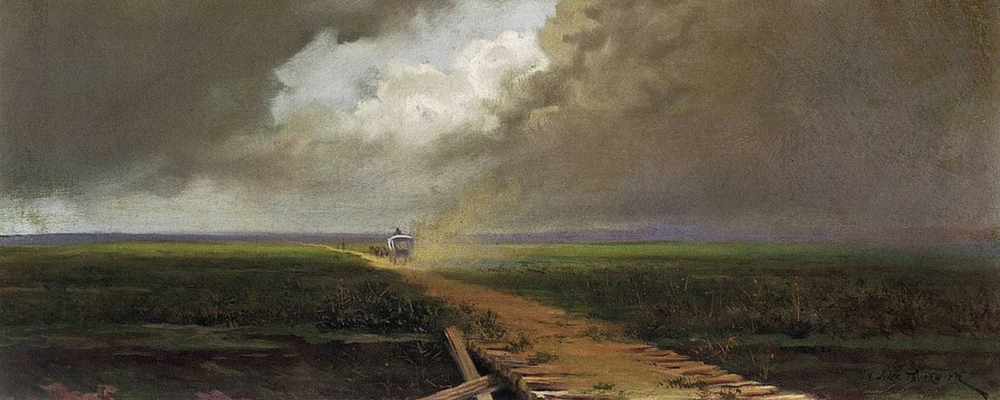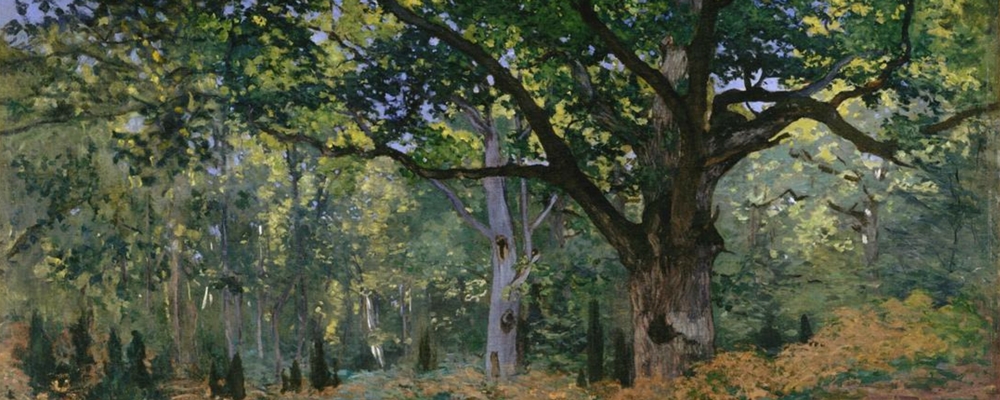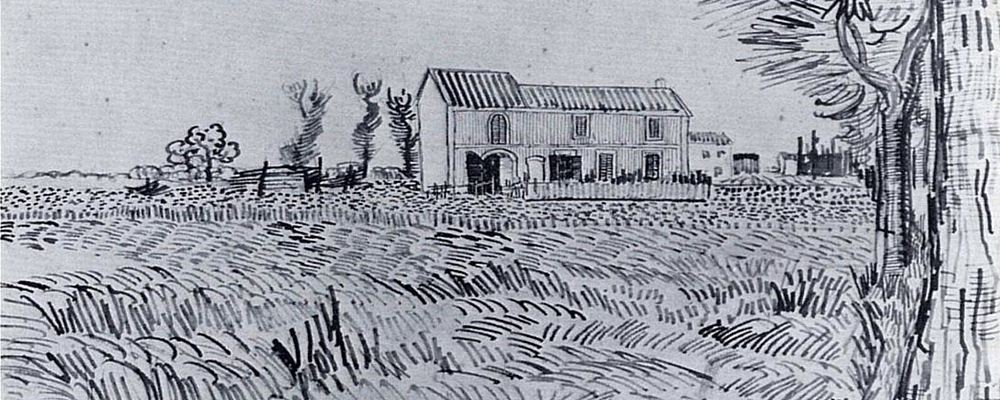
Willa Cather’s “A Wagner Matinee” was among her first published stories, appearing in Everybody’s Magazine in 1904, and then in her first short story collection, The Troll Garden. An iconic American author of short stories and novels, Cather was born in Virginia and moved to a Nebraskan homestead when she was 10 years old. Her writing often dwells on life in the western United States, as well the role of art in the world. How does “A Wagner Matinee” help us consider the relationship between the work we do and our souls?
Read More

Franz Kafka’s “A Hunger Artist” was originally written in German and published in 1922. Kafka’s work attracted scant public attention during his lifetime, but “A Hunger Artist” became the title story for a collection of short stories published in 1924 just before his death. We have used this story in several Books@Work programs. As you read “A Hunger Artist,” consider what the story reveals about hard work, skill and exploring new avenues in life.
Read More

Jean de La Fontaine published “The Oak and the Reed” in the first of his twelve books of fables. Published in 1688, the fable is adapted from Aesop’s Fables and is written in poetic meter and rhyme in French. La Fontaine’s adaptation is not unique: the tale has been retold in Greek, Latin, Italian and English and has even been interpreted in statue and song. Why do you think this story is so inspiring, across cultures and generations?
Read More

The prolific French author, Guy de Maupassant, is primarily remembered for his mastery of the short story, although he wrote novels and travel memoirs as well. Maupassant published his first short story, “Boule de Suif,” in 1880 at the age of thirty.
A realist author, Maupassant’s short stories tell the tales of common people permanently altered by larger forces at work in the world. “The Piece of String”is no exception. The story was published in 1884, within Maupassant’s larger collection, “Miss Harriet.” “The Piece of String” follows the experience of Maitre Hauchecorne, a peasant and farmer, as he is accused of theft. Join us as we use “The Piece of String” to reflect misunderstanding and misinterpretation.
Read More

Although Katherine Mansfield spent most of her adult life living in London and traveling continental Europe, many of her short stories evoke the New Zealand of her childhood. A modernist writer, Mansfield was a friend of D.H. Lawrence and Virginia Woolf. Her short story, “The Garden Party,” influenced Woolf’s masterpiece, Mrs. Dalloway.
Read More

American author Willa Cather’s novels evoke the landscapes of the American west, from the plains of Nebraska to Colorado’s Mesa Verde, and they depict frontier life in the late-nineteenth and early twentieth centuries. Though she is primarily known for longer works such as My Ántonia, O Pioneers, and The Song of the Lark, Cather began her career as a poet and writer of short stories, and published many of them throughout her life.
“On the Gulls’ Road” (1908) takes place at sea rather than in the American west. Nonetheless, Cather’s short story attends to landscape and seascape, as well as the relationships between people, in a manner similar to her better-known works.
Read More

Most of us know F. Scott Fitzgerald as the author of The Great Gatsby—that canonical text, ubiquitous in high school English classes and revisited in a recent film version. But the American author wrote a number of other works—haunting, evocative novels like Tender is the Night, as well as a few collections of short stories.
First published in 1931 in The Saturday Evening Post, “Babylon Revisited” follows the main character, Charlie, as he tries to regain custody of his daughter.
Read More

Leo Tolstoy, the nineteenth-century Russian author, is best known for Anna Karenina and War and Peace. Both novels are massive, brick-like tomes. But Tolstoy wrote accessible short stories, too. “The Three Questions” was published in 1885, as part of a larger collection.
“Three Questions” begins with a king and his desire to do right—or, at least, to avoid failure.
Read More

April in the United States is National Poetry Month, and so it seems appropriate, as we read mindfully once again, to turn to a poet whose work emphasizes the relationship between the natural world and our deepest selves. A fellow of the National Academy of Arts and Sciences and winner of the National Humanities Medal, Wendell Berry is a prolific writer of prose—fiction and nonfiction—and poetry.
Read More









